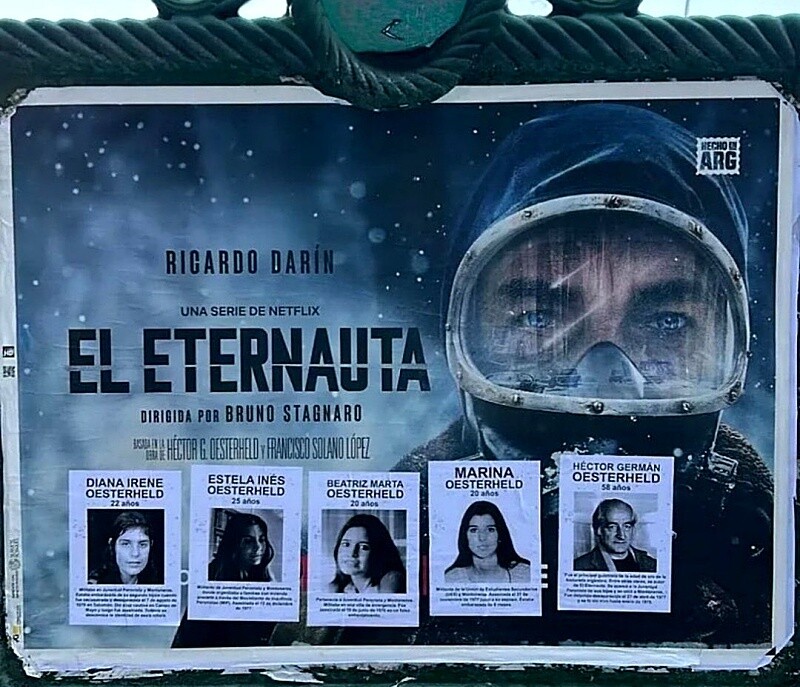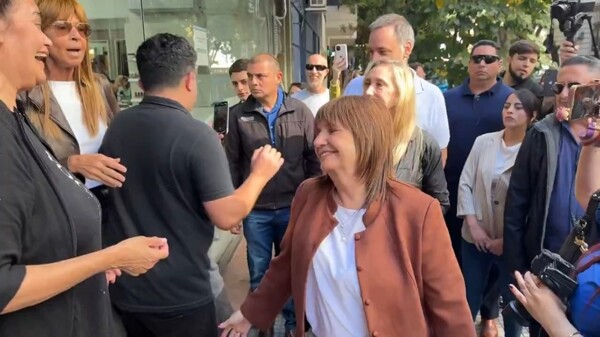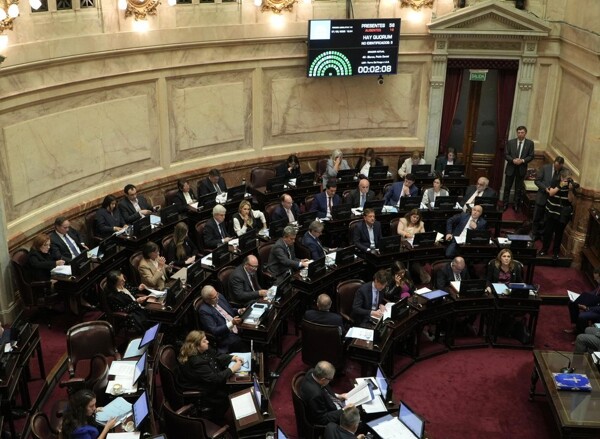
The history of Campo de Mayo as a concentration camp has been explored by various sources. Gregorio Díaz has provided a strong definition of this dark chapter in Argentine history. Miguel Fernández Long, known as the 'fourth son-in-law' due to his marriage to Beatriz, who militated alongside him until she was kidnapped, has shared his own experience. For his part, Cacho Scarpati recounts the moment he saw Héctor Germán Oesterheld in Campo de Mayo.
The contemporary adaptation by Bruno Stagnaro brings Campo de Mayo back to the forefront, reminding us of the terrible events that took place there during the last dictatorship. Although Campo de Mayo had already been mentioned in the original series, the new version reminds us of the tragedy that occurred there.
The international premiere of the series El Eternauta has revived one of the darkest stories of the Argentine genocide. The kidnappings, tortures, and disappearances of Héctor Germán Oesterheld, his daughters Beatriz, Marina, Diana, and Estela, as well as three of his sons-in-law, Alberto Seindlis, Raúl Mórtola, and Fernando Araldi, have once again become a topic of discussion.
During one of the trials of the Megacausa Campo de Mayo, prosecutor Gabriela Sosti recalled the history of this family, based on the testimonies of three survivors. The tragic plot even includes the theft of two babies born in captivity. The relation between these kidnappings and the concentration camp of Campo de Mayo makes us reflect on whether this place and everything it represents can be considered as part of the 'good' side after the horrors that occurred there.













